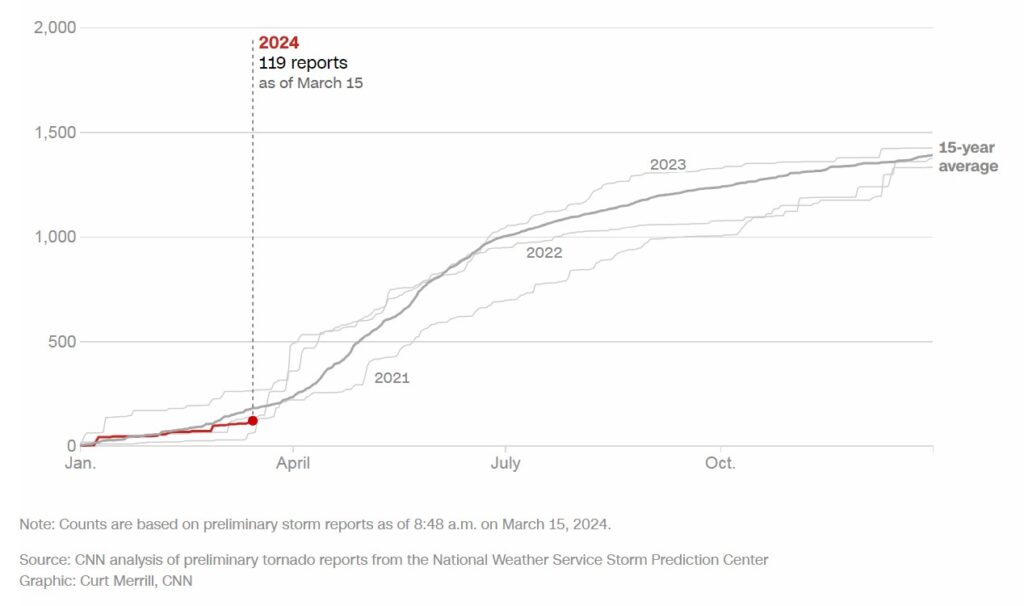- All Posts
- Battling the Uff-Da: Addressing Climate Resiliency through Infrastructure in the Midwest
Battling the Uff-Da: Addressing Climate Resiliency through Infrastructure in the Midwest
Authored by Jason Twill, LEED Fellow
In May 2022, the state of Minnesota experienced six days of severe thunderstorm activities that resulted in a record number of 373 severe weather warnings over the month, the highest number since 1986. With baseball-sized hail denting cars, numerous tornadoes, and winds hitting 80+ mph, residents across the state watched helplessly as the state was left with over $2.5 billion in damages.
While many in the Midwest have come to accept being at the mercy of the weather with a customary “uff-da”, for others, the damage and effects on their communities and facilities result in a desperate need for solutions to keep communities safe. While there is no way to predict every severe climate issue and impact, facility owners and municipalities across the United States are utilizing infrastructure improvement as a shield against the negative impacts affecting them.

While the Midwest is known as the agricultural center of the United States producing a large amount of the food that feeds the country, it has also become the home to many of the most prominent and well-respected hospitals, manufacturers, logistics centers, and cities in the country. Employers and their facilities such as the City of Rochester, State Farm Insurance in Bloomington, and Iowa State University, are forced to remove their focus on core goals and missions when confronted by severe weather and climate issues. As such, the movement to improve building and municipal infrastructure to get ahead of potential problems has grown in popularity, and for good reason: when we look at improving our facilities and communities, we proactively mitigate negative impacts caused by climate impacts.
Due to the range of both agricultural and urban spaces across the Midwest, infrastructure updates can look very different depending on the space. For example, while the Mayo Clinic recently announced a new campus infrastructure plan for their Downtown Rochester campus to improve patient care and fluidity of facility design, Michigan State University has announced a new partnership called the Agricultural Climate Resiliency Program to address climate resiliency effects directly targeted at the agricultural industry.
These examples highlight that while infrastructure development can look very different, the core focus of creating a safer environment for end-users is the goal. In the case of the Mayo Clinic project, while climate resiliency was not the catalyst for the decision, the improved infrastructure of their campus will still see direct results in preparing for severe weather impacts including updated digital care and spatial fluidity to allow for necessary changes over time.
With climate issues worsening each year, facility and infrastructure modernization are a greater focus to help occupants and broader communities withstand the extreme heat, cold, wind and rain of the Midwest. For companies like Viridis that focus on infrastructure improvement and creating new avenues for those needing guaranteed technical and financial resources, it has become imperative to aid facility owners and decision-makers with their resilience needs.
By learning to understand that problems that specifically affect each customer, such as specific regional weather and climate impacts, projects are designed adaptively, creating the desired outcome of modernized facilities providing greater business continuity assurance and safer environments for the communities they serve. We encourage anyone thinking about the future of their infrastructures to reach out to our team of experts at Viridis Initiative to learn more about your options. Our team works diligently to make sure that we understand our clients’ needs and goals and what they face every day so that we can help you create the most sustainable, resilient and safest facilities and communities possible.